
Whatfix vs Product Fruits vs Userpilot – Which is Best for Your SaaS?17 min read
Get The Insights!
The fastest way to learn about Product Growth, Management & Trends.
Whatfix vs Product Fruits vs Userpilot: Main differences
- Whatfix is a widely recognized digital adoption tool that effectively addresses the requirements of both customer and employee onboarding. It streamlines the creation of onboarding flows and knowledge bases, making the process more straightforward. However, it is important to note that the platform has been reported to experience occasional bugs, and the analytical features it offers are somewhat limited.
- Product Fruits is an affordable onboarding tool that is easy to install and use. While it offers decent onboarding features, you can’t do much with its survey functionality as it doesn’t support NPS and native surveys.
- Userpilot is a powerful product growth platform that offers a complete set of features for onboarding, adoption, and gathering feedback all in one convenient package. This tool has earned a strong reputation for its intuitive user interface and outstanding customer support team. However, it’s worth mentioning that Userpilot does not currently support employee onboarding or mobile apps.
- If you’re intrigued by the possibilities Userpilot presents for your SaaS, schedule a demo today to explore its full potential.
What is Whatfix?
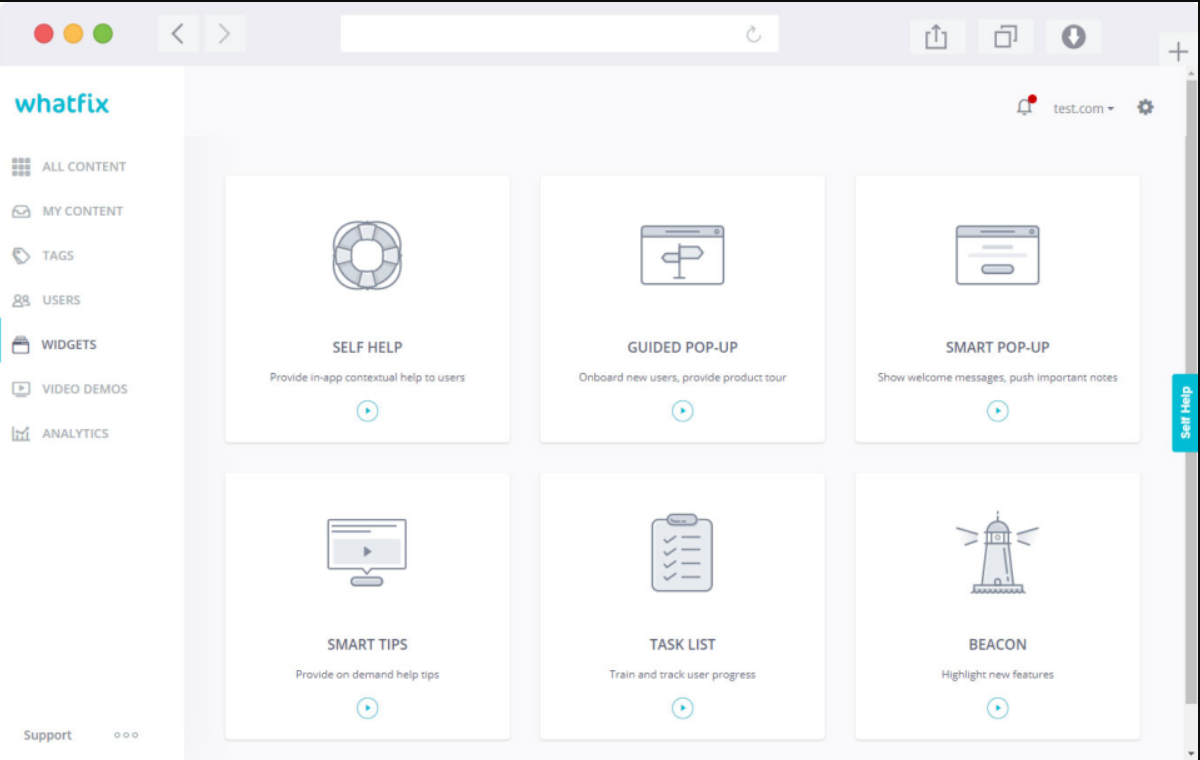
Whatfix is one of the top digital adoption platforms around and a driver of innovation in this space.
Whatfix offers a well-made product that allows you to create user flows, knowledge bases, and task lists to get new users engaged and learning. On top of this, their analytics platform is easy to understand and helps you keep track of behavior analytics, guidance analytics, and user feedback all in one place.
What is Whatfix best for?
Typically, SaaS Product Managers consider Whatfix for the following reasons: they want to improve their user onboarding, they need product adoption and want to be able to measure their user feedback. How does Whatfix perform when it comes to these top-three use cases? Let’s examine it all, and then compare it to the other tools we’re discussing in this post.
Whatfix for user onboarding
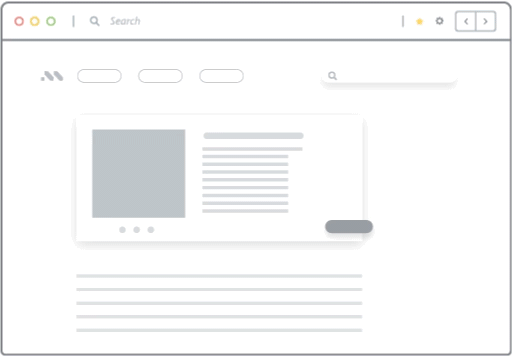
Whatfix’s digital adoption platform makes your user onboarding easier. The tool helps you create personalized walkthroughs by adopting the learning-by-doing technique.
Here are the benefits you can gain if you choose Whatfix:
- Create interactive product walkthroughs and flows code-free with native integration options
- Incorporate different onboarding elements into your flows, including modals, checklists, tooltips, and beacons
- With its user-level segmentation, you can set up basic contextual onboarding to differentiate the user experience
However, Whatfix targets mostly large enterprise companies and might not be the right choice for SMBs or startups. If this is the case, you should be looking for alternative tools to power up your user onboarding.
Whatfix for product adoption
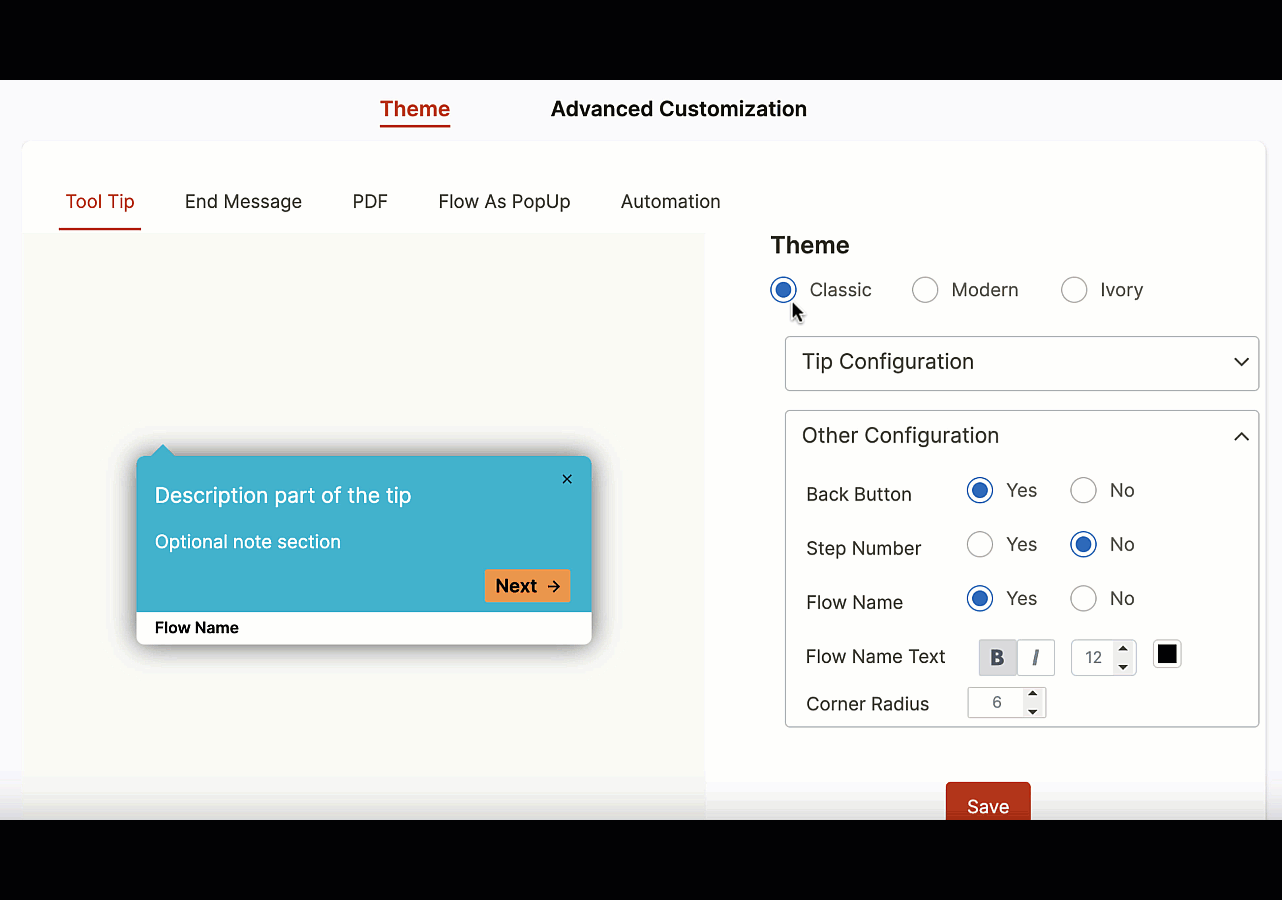
To drive product and user adoption, you need to provide continuous value to your users and provide contextual help across all stages of the customer journey.
Whatfix helps your enterprise company achieve that by unlocking the full potential of user segmentation and in-app guidance.
Here is what you will get with Whatfix product adoption functionality.
- Create contextual in-app guides to make users get the maximum value of your product.
- Provide omnichannel support without skyrocketing your customer support goals.
- Powerful analytics to try new ideas based on real-time data and find ways to optimize the customer experience.
Whatfix for user feedback

If you want to collect user feedback on specific interactions, Whatfix is a good tool to build micro surveys for that.
Here’s how you can collect user feedback with Whatfix:
- With user surveys, you can collect feedback on the onboarding tours and training flows, so you can continuously improve your product support.
- Whatfix’s in-app feedback surveys make it easy to gather feedback and insights from users in real-time.
- Add a follow-up question to enable open-minded feedback
- Send push reminders to customers so they don’t forget about providing feedback
However, if you want to build traditional NPS surveys with response tagging capabilities, then segment customers based on their feedback, Whatfix might not be the best fit for you. This is something that Userpilot offers.
There is a better tool for your SaaS than Whatfix!

What is Product Fruits?
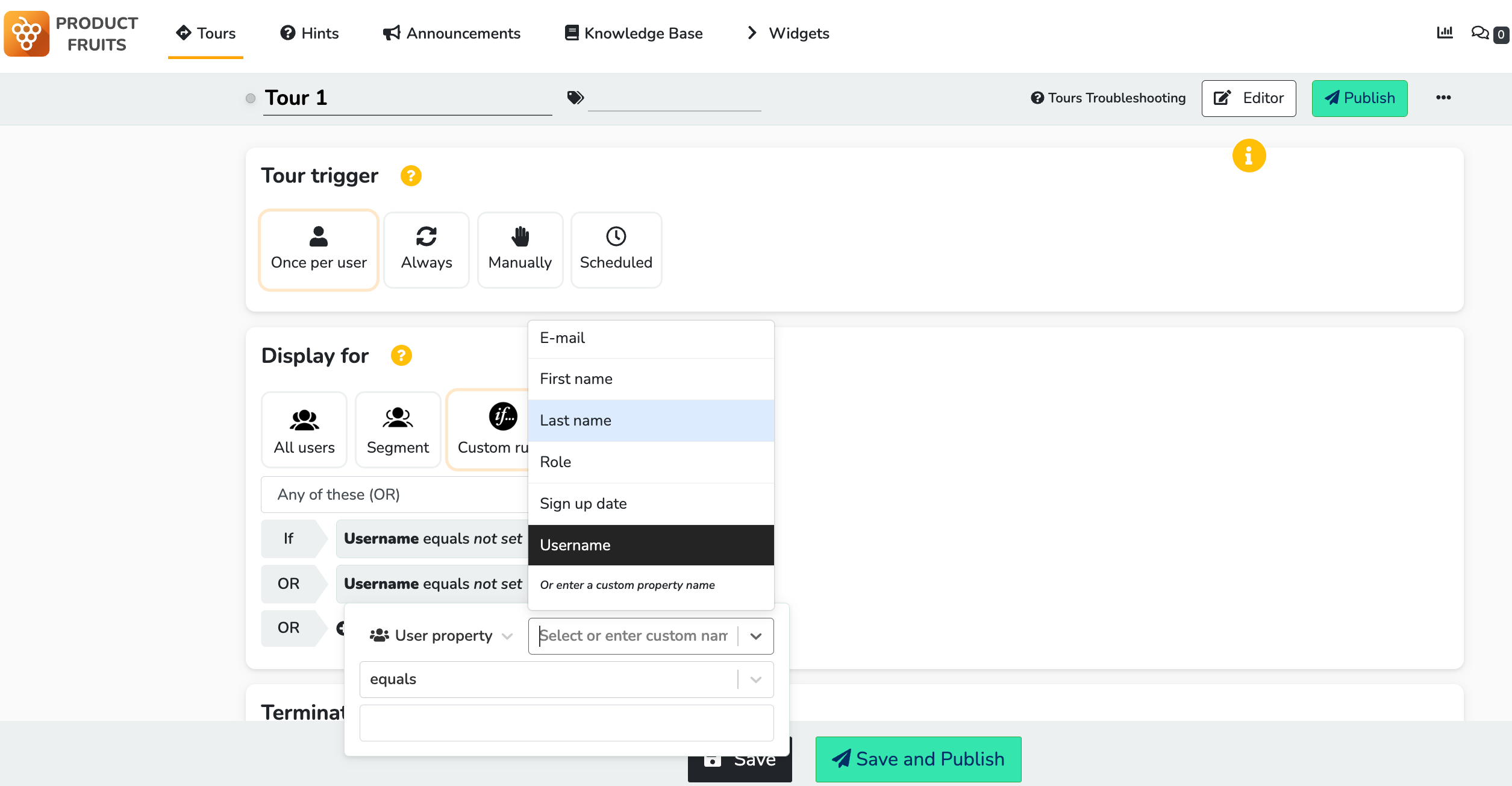
Product Fruits is one of the cheapest user onboarding tools on the market, so it may be a go-to tool to build product tours for really small startups on a budget under $100. Even though it seems to do a lot of the things that more sophisticated tools like Userpilot or Appcues do (based on its pricing table, at least) – it doesn’t have any more sophisticated analytics, the segmentation options are very limited, there’s no A/B testing, the element detection algorithm is wobbly, and it doesn’t have real-time event-based triggering. So it’s really an MVP tool for a simple product tour.
What is Product Fruits best for?
Similar to Whatfix, Product Fruits is typically considered for user onboarding, product adoption, and user feedback. Let’s examine Product Fruits for these use cases before we compare it to Userpilot.
Product Fruits for user onboarding
While Product Fruits may not be the most advanced tool on the market, it does offer some useful features for user onboarding. With options for:
- Product tours.
- Checklists.
- Hints.
- In-app announcements.
- Feedback and NPS surveys.
- A help center button.
This platform covers the basics of what you need for a successful onboarding experience. Plus, it’s an affordable option for small startups on a budget. However, it’s worth noting that Product Fruits has its downsides, such as only offering basic linear tours, clunky UX, and limited reporting for the help center widget. Nonetheless, if you’re looking for a cost-effective solution for user adoption, Product Fruits may be worth considering.
Product Fruits for product adoption
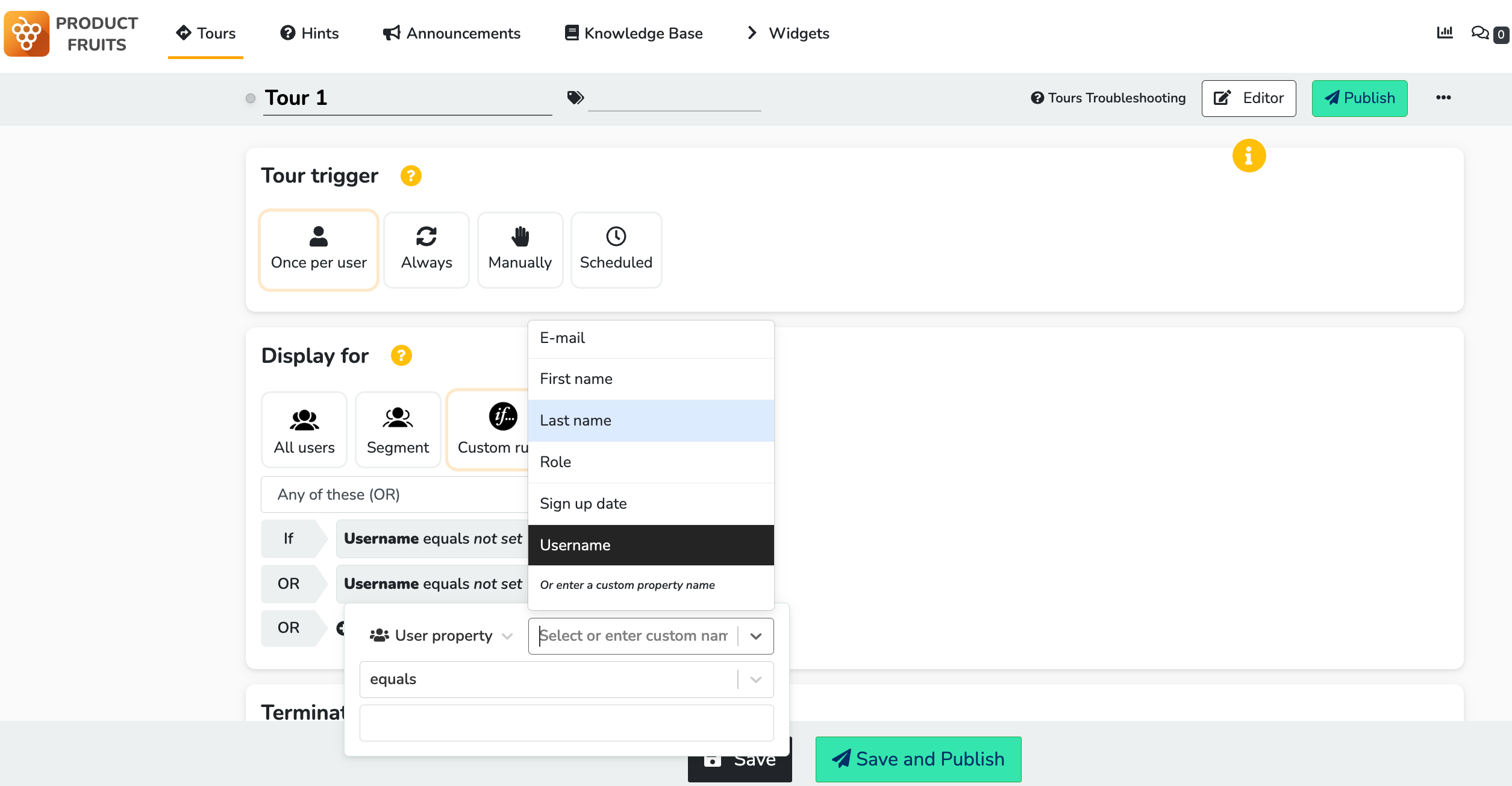
Product Fruits as a user adoption tool offers basic features to help you create a simple onboarding experience for your users. Its core features include product tours, checklists, hints, in-app announcements, surveys, and a help center button. However, the platform has its limitations, such as only offering basic linear tours and having a clunky UX that can be hard to use (esp the element selection).
The lack of certain UI patterns (hotspots, spotlights) can make product adoption via secondary onboarding more challenging. Moreover, the segmentation options are limited to user attributes only, so unlike with tools like e.g. Userpilot, you cannot display product adoption experiences based on what the user has actually done inside your app (i.e., tracked events).
Product Fruits for user feedback
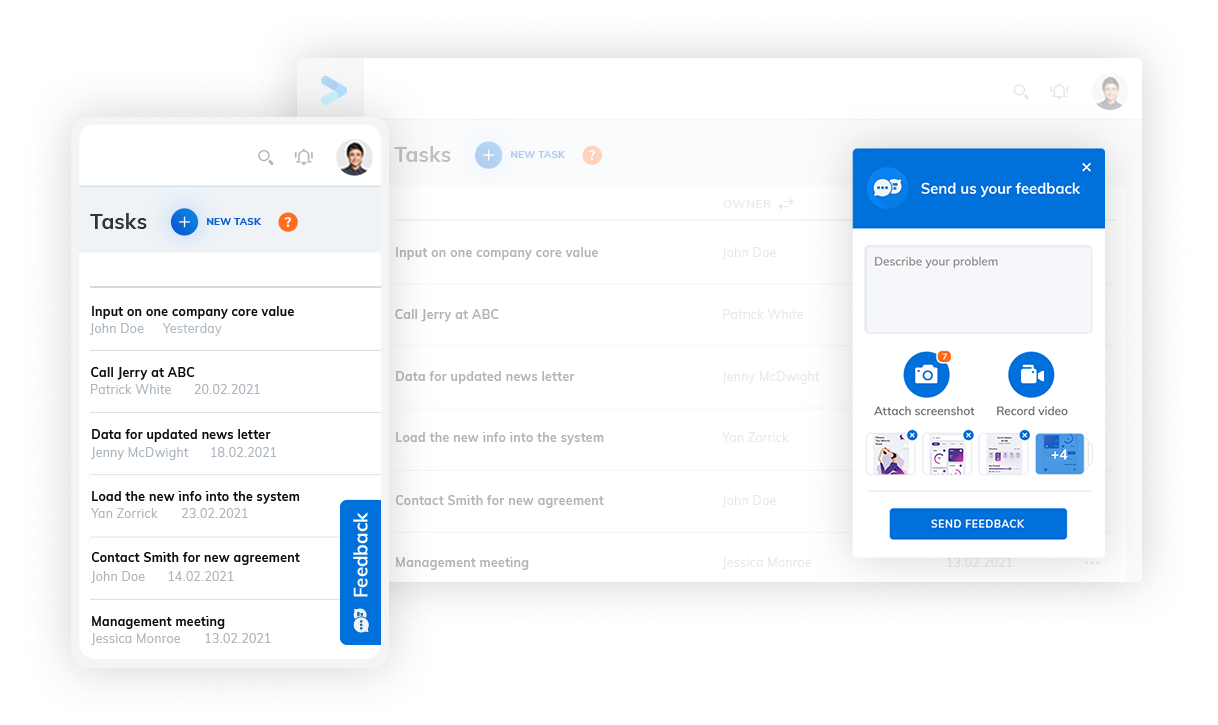
Product Fruits surveys are simple but easy to implement:
- In-product feedback and surveys without any coding required.
- Adoption Meter to track user moods and understand how users feel about your product or feature.
- Targeting as granular as you need with advanced segmentation and behavioral triggers.
- Easy setup with hassle-free deployment and no impact on app loading or response times.
- Very limited analytics.
- No AI-based user sentiment analytics.
Try a better tool for your SaaS than Product Fruits!

Whatfix vs Product Fruits vs Userpilot – is Userpilot the best choice?

Userpilot is a comprehensive digital adoption platform (DAP). It enables product teams to track product usage and user behavior to guide product development and optimize the user experience.
In addition, it allows them to gather user feedback and design personalized onboarding experiences to drive product adoption. All of this is possible without coding.
What is Userpilot best for?
Userpilot is used for similar use cases as ProductFruits and Whatfix. Let’s see how Userpilot compares to the tools we discussed before it comes to user onboarding, product adoption, and user feedback.
Userpilot for user onboarding
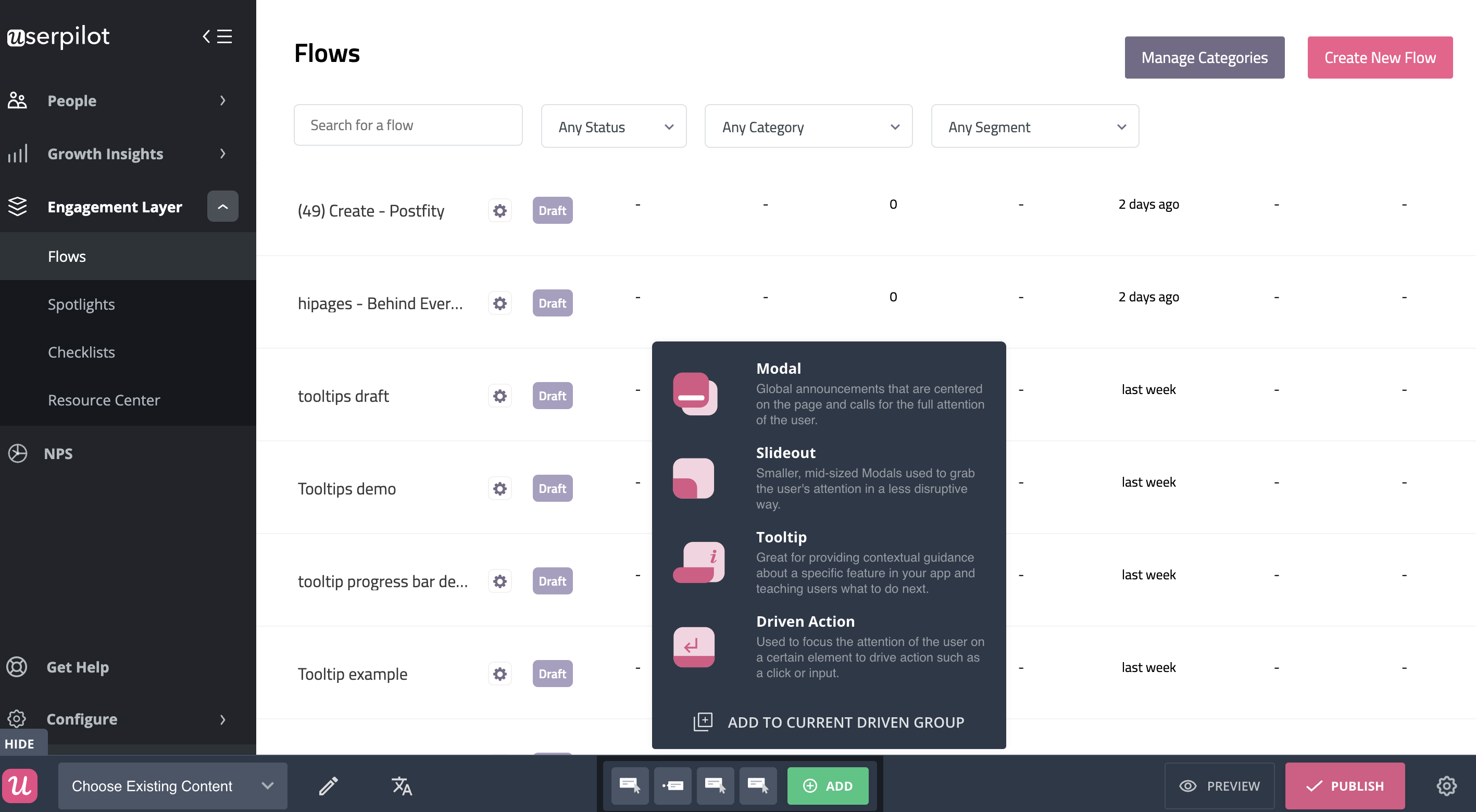
Userpilot was built specifically for SaaS product teams that want to improve their user onboarding experience and boost user activation.
You can build a huge variety of user onboarding experiences and in-app guidance flows without needing to code.
Here’s what you’ll get when you start using Userpilot:
- Forget about coding in-app experiences: Userpilot is a no-code solution and only requires your dev to install a line of javascript inside your app and for you to download a Chrome extension that opens up the visual builder.
- Build in-app flows using the largest range of UI patterns (modals, slideouts, tooltips, hotspots, banners) and in-app onboarding experiences (checklists, micro surveys, NPS surveys, in-app resource center).
- Get access to a built-in NPS tool for collecting and analyzing user sentiment so you can improve your onboarding process based on real data.
- Create and track combinations of in-app events like clicks, hovers, and form fills, and then analyze all these interactions under your own custom events, which can be built without code or API calls.
- Use advanced product analytics and in-app flows analytics to identify where users need help and create granular user segments to trigger in-app experiences contextually (segment based on user identification data, in-app engagement, custom events, clicks, hovers, form fills, user feedback responses, NPS scores and more).
- Enhance the onboarding experience with in-app help by launching a Resource Center directly inside your app. Add in-app guides, and video tutorials, and give users access to search the knowledge base or reach out to support. Self-service has never been easier.
The best user onboarding is contextual and it happens right where the users need it, inside your app. There isn’t a better user onboarding tool out there that offers more value for the money than Userpilot.
Schedule a demo with our team and get ready to build the best onboarding experiences your users have seen.
Userpilot for product adoption
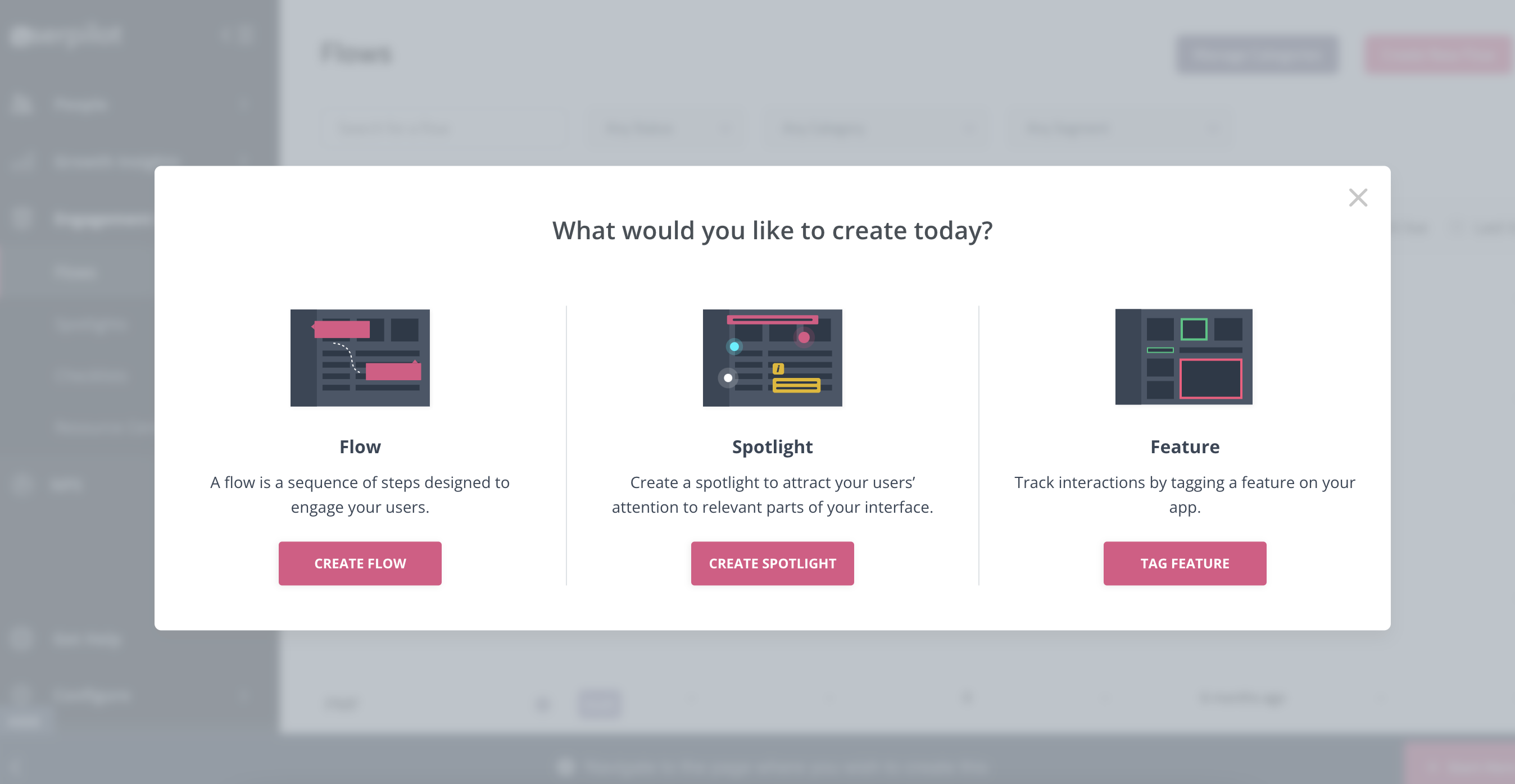
Product adoption describes the process of getting users to the point where they are experiencing value from your product.
Userpilot is a powerful product adoption platform that enables you to quickly build personalized and contextual in-app experiences targeted to different user experiences – all without writing a line of code.
It’s a great option for enterprise users too since it’s SOC 2 Type II certified and offers robust features for large-scale usage.
Here are some of Userpilot’s product adoption features that you may find helpful:
- A broad range of UI patterns to build fully customizable, contextual, and interactive in-app flows: modals, slideouts, tooltips, hotspots, driven actions, banners, and more. And – most importantly – you are not limited by plan when it comes to how many UI patterns or designs you can build.
- Advanced in-app checklists with built-in gamification elements like progress bars or ”automatically marked complete” tasks: checklists also come with analytics so you can track who is interacting with them and how.
- Fully interactive walkthroughs walk users through engaging and adopting specific features of your app.
- The self-service in-app resource center lets users search your knowledge base directly inside the app, access chat, and support but also launch guides and tutorials when they get stuck.
- User feedback tools allow you to collect insights to improve the product and the user experience, thus leading to a higher product adoption rate. You can also collect NPS data and tag responses to uncover patterns into what makes users stick, or build micro surveys for more granular data. Then you can use all the feedback collected to build user segments based on the answers and personalize the path to higher product adoption for each segment.
Want to see Userpilot in action? Get a demo and improve product adoption with contextual and personalized in-app flows that actually help users.
Userpilot for user feedback
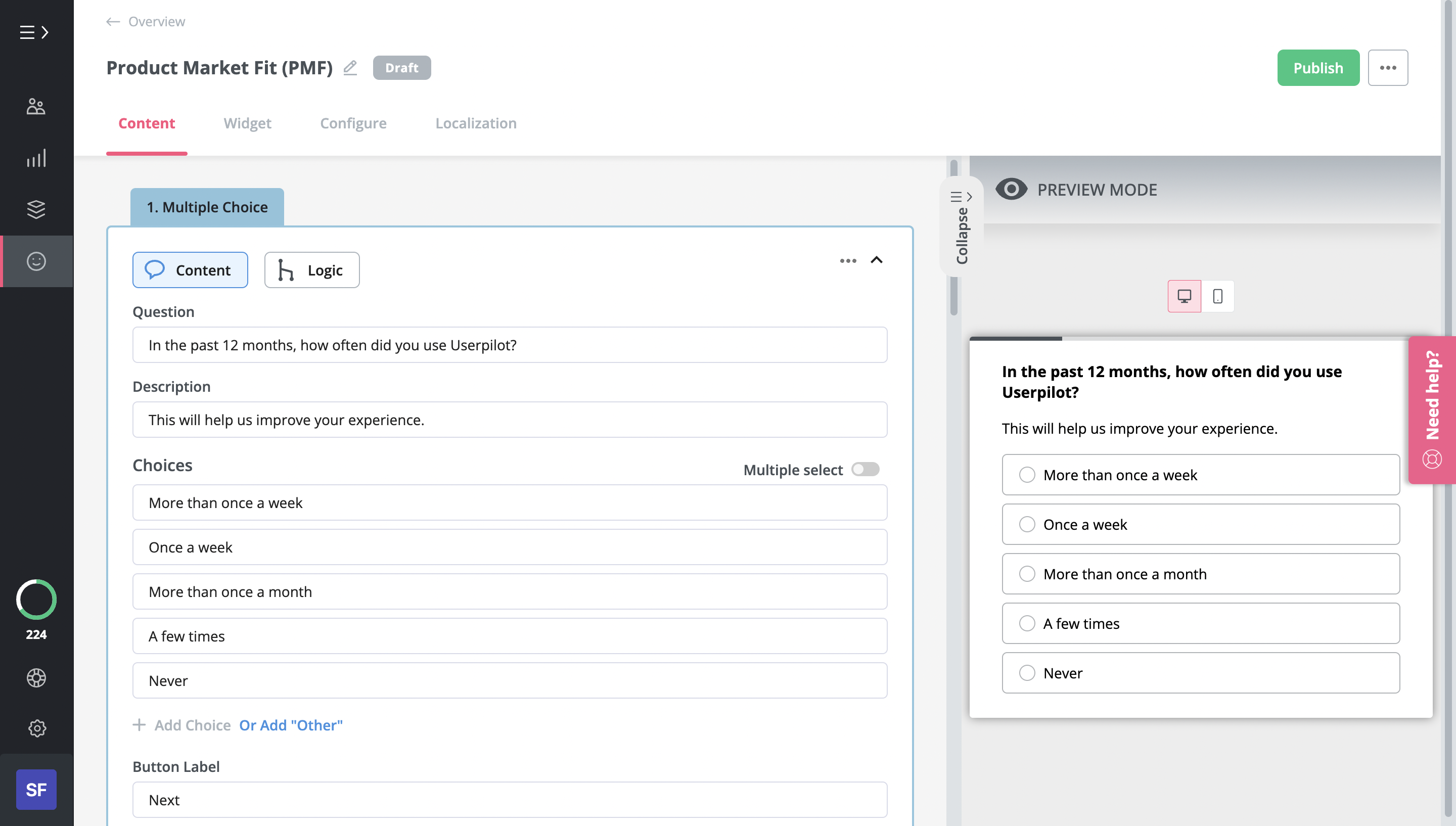
There are two types of feedback you should be focusing on collecting to better understand the health of your product and users.
First, you have user sentiment which looks at user satisfaction and effort scores or loyalty (using NPS surveys). Then you may also want to collect feedback on the functionality of the product or specific features.
You can do all these with Userpilot. In short, you can:
- Collect and track (NPS) in-app with a built-in NPS widget that allows you to fully customize the survey look and feel, and set the trigger frequency and specific targeting.
- Analyze NPS scores, tag responses, and use the data to create specific user segments.
- Build and trigger in-app micro surveys like the classic PMF survey, or similar ones and mix multi-choice and open-ended types of questions to collect specific insights.
- Be in charge of who gets which survey type and when with advanced segmentation capabilities, and of course, you can use the answers to segment your audience.
The advantage of using Userpilot for collecting feedback over other survey tools is that you can better control who sees the surveys but also you can instantly use the data collected to segment your user base and trigger the right experience for them.
For instance, if your users give you a low NPS score because they think you’re missing a critical feature (that you actually have already), you can push an interactive walkthrough guiding them to find and explore this feature.
Tired of bad Digital Adoption tools? Try Userpilot for your SaaS for free!

So Which tool should you choose – Whatfix, Product Fruits, or Userpilot?
As you can see, Whatfix, Product Fruits and Userpilot cater to most of the use cases Product Managers typically look for in their SaaS companies. There are some differences between the tools when it comes to how those use cases are executed in each, of course. So if you’re still on the fence – there are two more factors that can make a difference for you – the tools’ pricing, and its reviews. Let’s have a look at both below!
Whatfix pricing
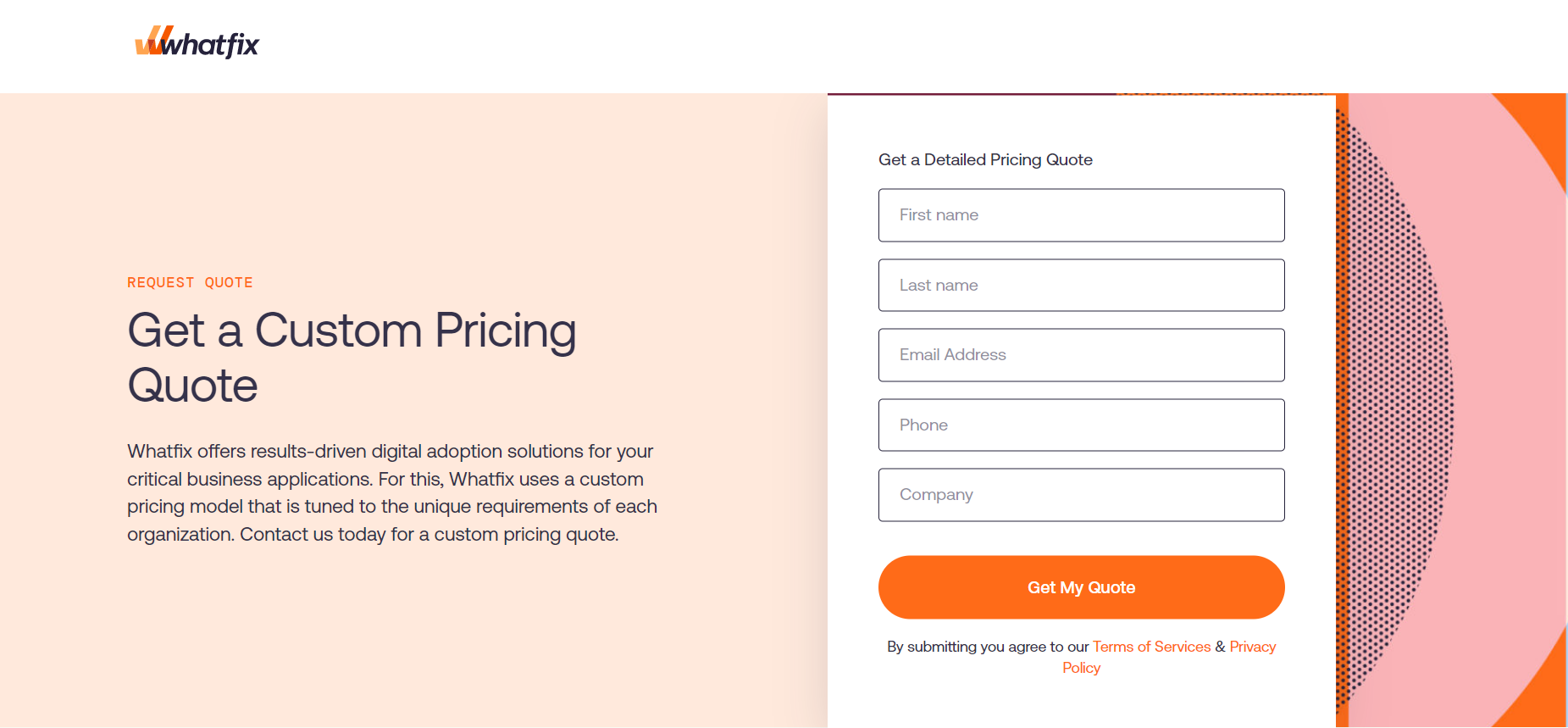
Whatfix doesn’t have any pricing plans on its website. Instead, you’ll need to speak with one of their team members to get a custom quote tailored to your needs and organization.
Otherwise, you can request a free trial to see if Whatfix works for you.
Product Fruits pricing
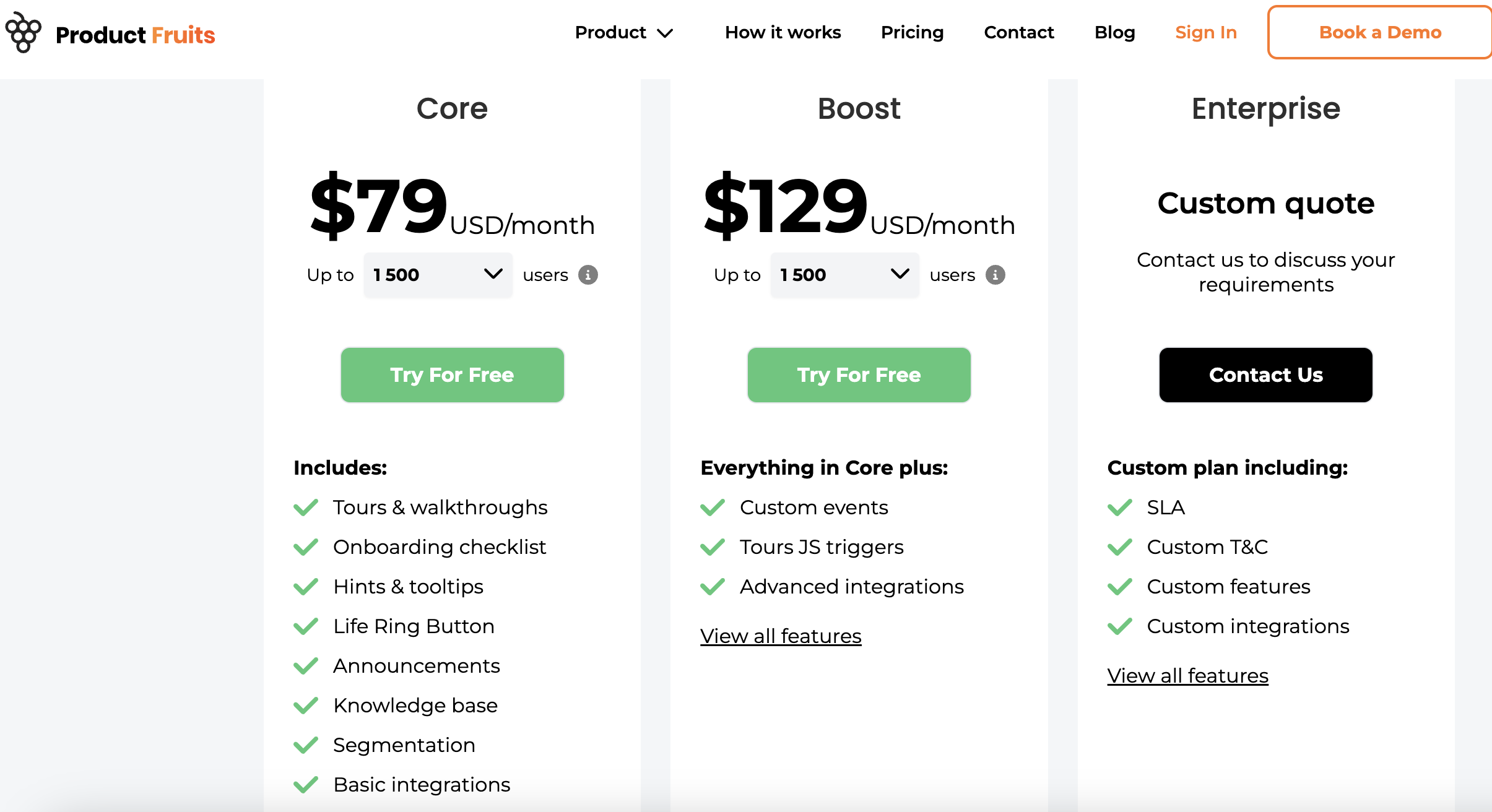
Product Fruits is one of the absolutely cheapest solutions on the market, with plans:
- Core: From $79 for 1,500 users.
- Boost: $129 for 1,500 users and then $249 for up to 5000 MAUs.
- Enterprise: Custom quote only.
Userpilot pricing
Userpilot’s transparent pricing ranges from $249/month on the entry-level end to an Enterprise tier for larger companies.
Furthermore, Userpilot’s entry-level plan includes access to all UI patterns and should include everything that most mid-market SaaS businesses need to get started.
Userpilot has three paid plans to choose from:
- Starter: The entry-level Starter plan starts at $249/month and includes features like segmentation, product analytics, reporting, user engagement, NPS feedback, and customization.
- Growth: The Growth plan starts at $749/month and includes features like resource centers, advanced event-based triggers, unlimited feature tagging, AI-powered content localization, EU hosting options, and a dedicated customer success manager.
- Enterprise: The Enterprise plan uses custom pricing and includes all the features from Starter + Growth plus custom roles/permissions, access to premium integrations, priority support, custom contract, SLA, SAML SSO, activity logs, security audit, and compliance (SOC 2/GDPR).
What do users say about Whatfix vs Product Fruits vs Userpilot?
Whatfix reviews
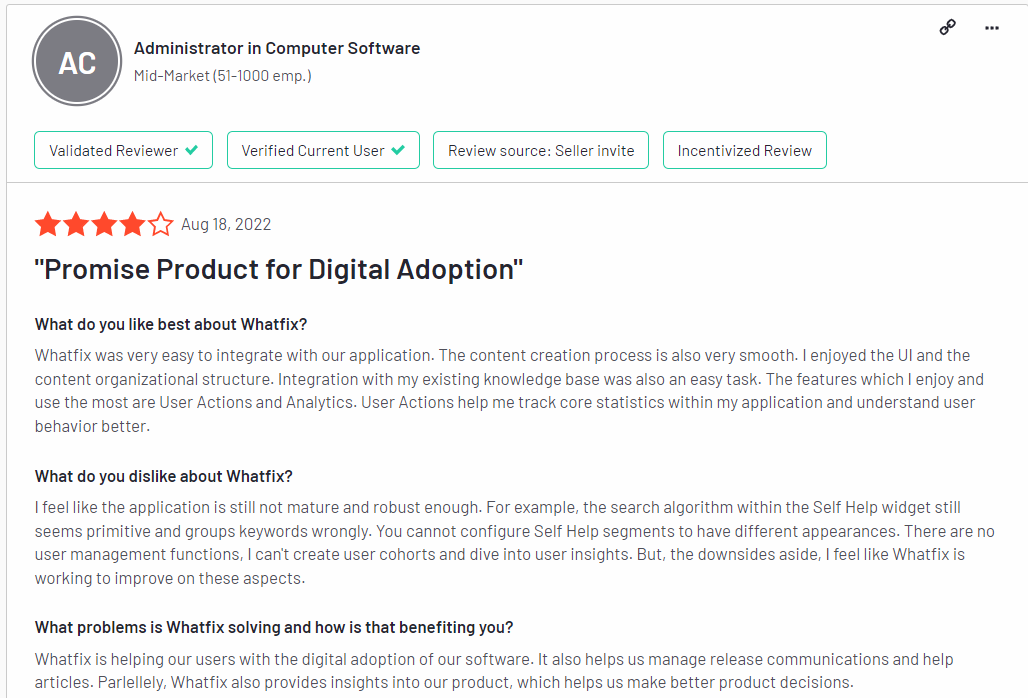
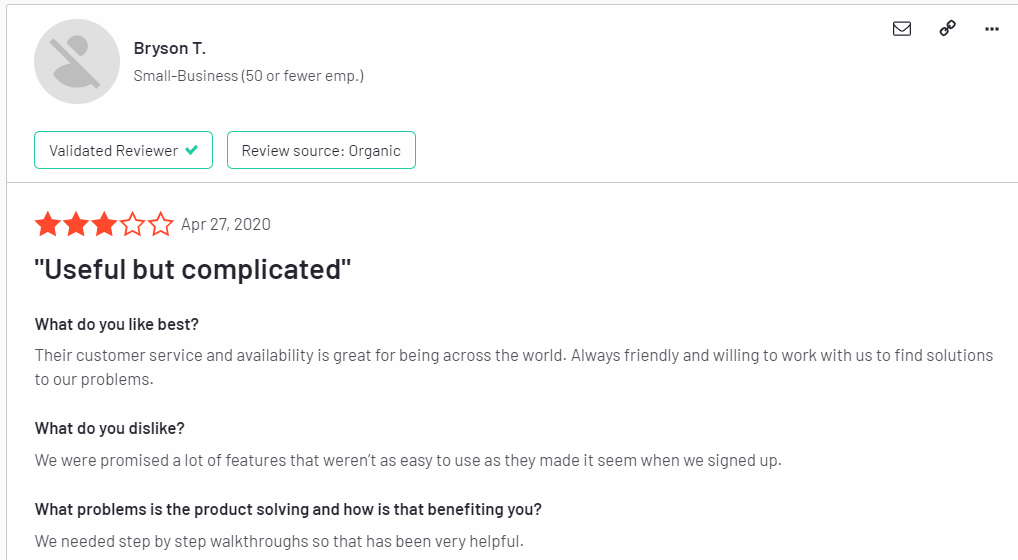
Product Fruits reviews


Userpilot reviews
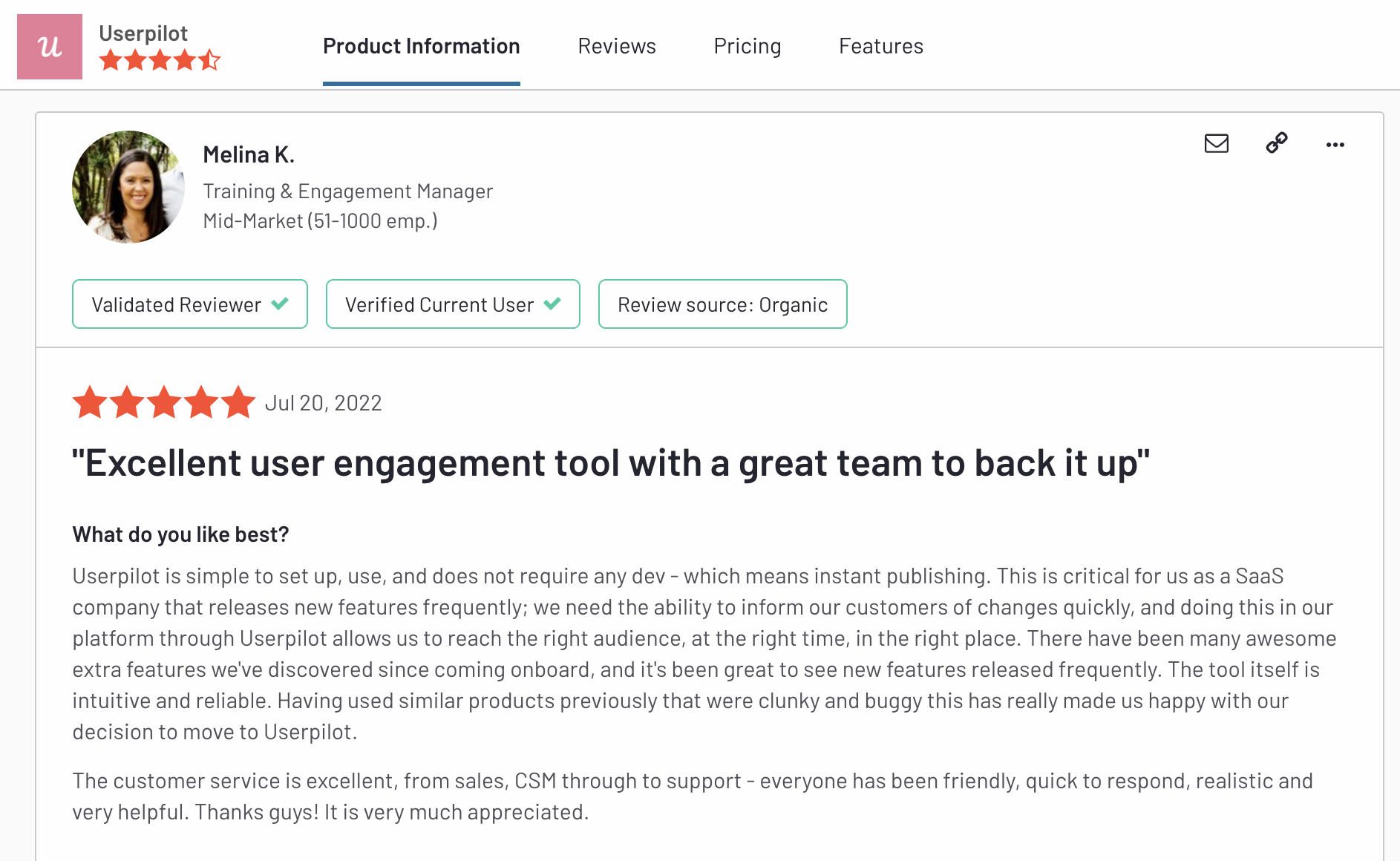
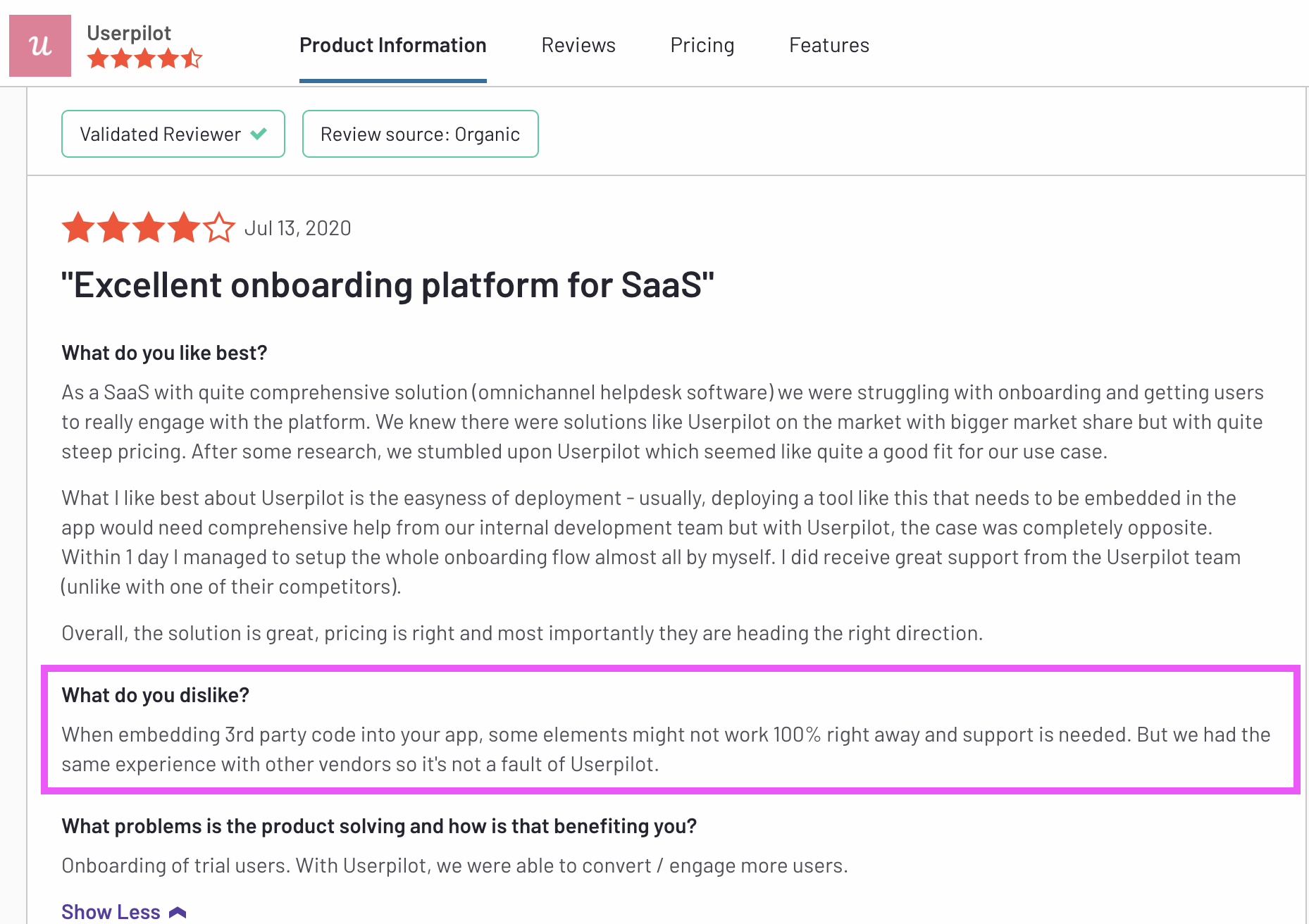
The final countdown: Pros & Cons of Whatfix, Product Fruits and Userpilot
Whatfix pros
There are many advantages when it comes to choosing Whatfix. Here are its pros.
- Easy to create flows, even for non-technical team members.
- Allows you to develop knowledge bases for self-help solutions.
- Ideal for both customer and employee onboarding.
Whatfix cons
But at the same time, Whatfix has some cons so it’s better to get an overview if you’re thinking of buying it:
- User experience issues, including bugs and sometimes spotty customer service.
- Fewer analytical features and views than you might like.
- Lacks in-depth style customizations.
- It’s difficult to integrate some of the scripted code in the admin integration sections without the help of a Whatfix support team member.
- No free trial option despite it being stated on the homepage.
- It’s targeted at enterprise accounts so small companies might get ignored.
Product Fruits pros
Product Fruit’s most commonly quoted pros include:
- The responsiveness of the CS team.
- Easy setup.
- Easy to build product tours with a Chrome Extension directly on top of your product.
Product Fruits cons
There are several downsides to Product Fruits though:
- Only basic, linear product tours.
- Clunky UX – making it quite difficult to use.
- Only basic form of a resource center and checklists.
- No NPS.
- No native surveys.
- No reporting for the Resource Center (“life ring widget”).
- The product tour triggering can be quite buggy.
Userpilot pros
Userpilot has a number of advantages, especially for mid-market SaaS companies looking for a robust but at the same time very easy-to-use, no-code tool for user onboarding, product adoption, and simplified product analytics. Let’s have a look at the pros of using Userpilot:
- No-code builder – Userpilot comes with an easy-to-use Chrome Extension builder.
- Multiple UI patterns – choose from a range of options to build customized flows: modals, slideouts, banners, tooltips, hotspots, and checklists are all at your disposal.
- UI patterns are not limited by plan – you get access to all of them on every single plan, meaning you get value even with the Traction plan (this is the entry-level one).
- Engaging walkthroughs and onboarding flows- build interactive walkthroughs targeted to distinct user segments.
- In-app help – build a resource center offering self-service support to your users, customize it with your branding, and select from a range of help options to boost user satisfaction (i.e. videos, in-app flows, chat, and more).
- Experimentation – built-in A/B testing for flows lets you explore and quickly iterate based on direct user behavior.
- Powerful feedback options- integrated NPS surveys with analytics and response tagging unlock insight into how your users feel.
- Advanced analytics and segmentation- analyze product usage and in-app flow engagement and build user segments using the data.
- Event tracking and feature tags- tag UI engagement (clicks, form fills, hovers) and group them into one custom event to track what really matters.
- More value with integrations- unlock value faster with built-in integrations with popular tools like Segment, HubSpot, Amplitude, Mixpanel, Kissmetrics, Intercom, Heap, and more.
Userpilot cons
There are, however, some downsides to Userpilot as well:
- Browser/web app only – Userpilot won’t run on mobile devices/applications.
- Doesn’t support employee onboarding- The tool is better suited for customer onboarding than for employee onboarding as you can’t build in-app guides on third-party tools.
- Missing integrations – doesn’t have built-in integrations with some tools, but it has webhooks, and Zapier is coming soon.
- Not appropriate for small startups on a shoestring budget (<$100)- Userpilot is a powerful, mid-market to enterprise-level tool. So $249 a month might be too expensive for really small startups.
Try the best tool for user onboarding for FREE!

Conclusion
In this article, we examined how Whatfix, Product Fruits, and Userpilot differ in terms of user onboarding, product adoption, and user feedback. We’ve discussed their respective features, pricing options, and customer reviews, as well as the pros and cons of each platform.
We’re hopeful that this comprehensive comparison has simplified your decision-making process. If you’re looking for the utmost value for your investment, we recommend giving Userpilot a try. Book a demo to explore its complete range of functionalities.








